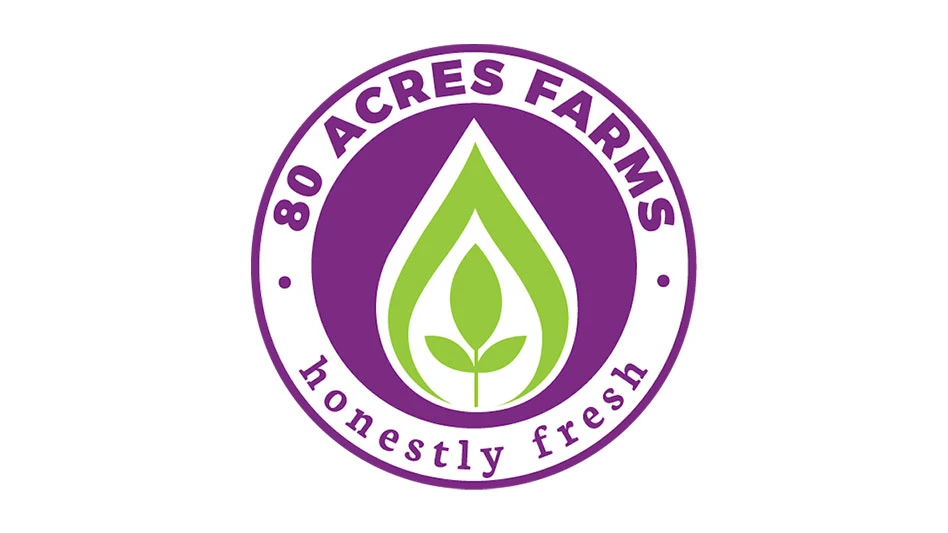
Photo courtesy of Jack Maruna
Jack Maruna is the program coordinator for Food U at Auburn University. Food U encompasses a network of partnerships across Auburn’s campus to benefit students and work toward a brighter future for food sustainability, production and service. In coordination with horticulture students and faculty, Food U’s comprehensive approach to campus dining creates sustainable and appealing food options for all students while also addressing food insecurity.
He’s also the co-founder and leader of business development at Local Grow LLC.
At Indoor Ag-Con, Maruna is on the panel for “Harvest to Hospitality: Bridging CEA with the Service Industry,” joined by Marc Oosterhuis, CEO of Baylon Micro-Farms. In this session, they will discuss how CEA can synergize with restaurants, hotels and other hospitality outlets to provide fresh, locally sourced produce year-round.
Here, Maruna shares some insights related to this session.
Produce Grower: What is the biggest disconnect between CEA operations and hospitality companies?
Jack Maruna: The biggest disconnect between horticulture and hospitality is a lack of education on both sides, which leads to unrealistic expectations. The challenge is that both industries typically don’t have the time and capacity necessary to develop these relationships, which then leads to not understanding what to expect from the other side. People have in the past been burnt by “chefs not taking advantage of what’s available” and “producers not having what we want, when we want it.” The goal is to give both parties a clear, consistent line of communication to avoid this disconnect. It takes intentionality from both sides.
PG: Any advice on how CEA growers can make better connections with restaurants and hotels?
JM: The only way this connection can be successful is if both parties are equally committed to the partnership. We see these partnerships won’t get off the ground when growers that are very passionate about engaging with the hospitality side don’t have the hospitality side share the same sentiment (and vice versa). I always encourage growers to take their time to qualify future partners. It is essential that the businesses growers engage with are committed both with their time and finances. Relationships between growers and customers cannot be an afterthought for either side.
PG: Which CEA crops are best suited for restaurants and hotels?
JM: Restaurants and hotels need consistency. While they are running products on a menu, they can’t have deviation in quality between dishes. We have found that chefs appreciate high-quality, consistent core products (things they will use on multiple dishes throughout multiple menu changes). We encourage growers to produce traditional CEA crops like tomatoes, peppers, cucumbers, leafy greens and herbs but work with their customers on selecting menu-specific varieties.
PG: What are some challenges of planning crop rotations for hospitality customers?
JM: A producer can grow the prettiest heirloom tomato in all the lands, but if there isn’t an end user with it on their menu, then it isn’t worth anything more than that red ball of Styrofoam coming out of Floridian fields. The challenge to crop rotation is that a grower will need an outlet for the whole duration of their crop cycle. We are talking about offering a product for six to eight months, potentially. The user must be committed to having said product in the kitchen even through menu changes.
PG: Why do chefs love CEA products?
JM: CEA is all about the C: control. When a CEA producer is good at planning and growing, they offer the chef consistency, which in turn the chef can offer to their customers. CEA allows chefs access to seasonal products without the chance of outdoor variables affecting the consistency they have come to know and love so much. And I argue CEA has its own seasons now. I’d regret not mentioning that certain CEA products have night-and-day higher quality with significantly longer shelf life than their outdoor counterparts, especially that stuff coming from out west.
This article appeared in the January/February 2025 issue of Produce Grower magazine under the headline "Questions with Jack Maruna."

Explore the Jan/Feb 2025 Issue
Check out more from this issue and find your next story to read.
Latest from Produce Grower
- The Growth Industry Episode 3: Across the Pond with Neville Stein
- University of Evansville launches 'We Grow Aces!' to tackle food insecurity with anu, eko Solutions
- Lawsuit challenges new H-2 visa rules
- Q&A: Sandra Eskin Leads Food Safety Advocacy Organization, STOP, as CEO
- Find out what's in FMI's Power of Produce 2025 report
- Martin A. Makary Sworn in as FDA Commissioner
- PG CEA HERB Part 2: Analyzing basil nutrient disorders
- LettUs Grow, KG Systems partner on Advanced Aeroponics technology





